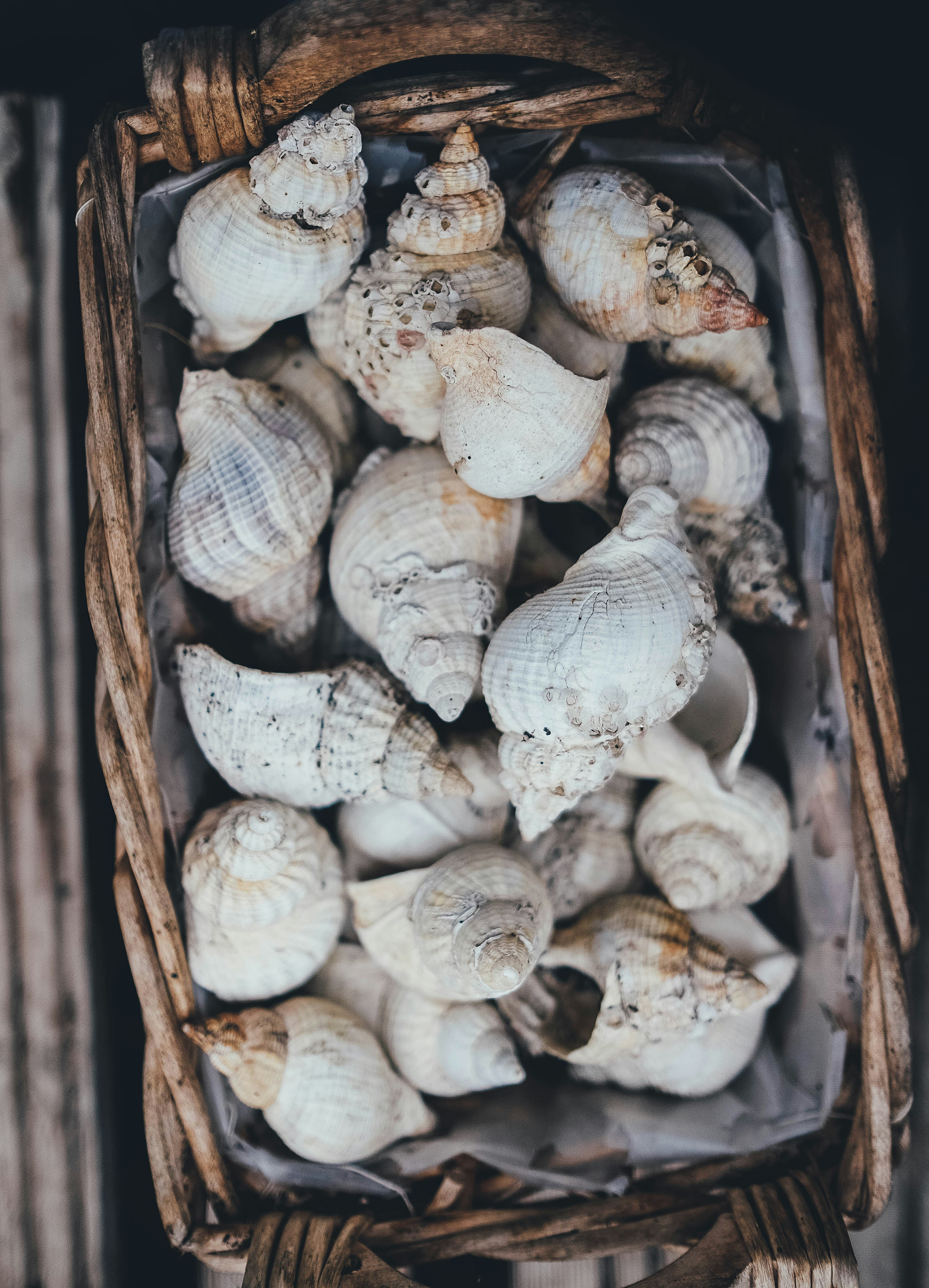
Decoding Sustainability
Have you ever stopped to consider the incredible versatility of something as simple as a seashell? Beyond their natural beauty and charm, shells have found their way into a variety of creative and practical applications that might surprise you. From creating stunning pieces of art to enhancing your garden's soil. These practical uses of shells proves that there's more to these marine treasures than what meets the eye. There's a place for shells in your life in ways you might not have imagined!
Shell craft is an ancient art form, practiced extensively across cultures. It involves using shells that are ethically sourced from oceans to convert into pieces of décor, artifacts, and other utilities. The reason this craft is still relevant and only evolving with the growing demand of contemporary trends is its versatile usability. Let us look at some of the creative and practical uses of shells:
1. Shells as Adornments Across Cultures
Shell necklaces are popular in coastal regions and often serve as souvenirs. For example, the Hawaiian puka shell necklaces are a beautiful artistry that denotes love and friendship.
Earrings crafted from small, colorful shells have been used timelessly, whether in today’s era or ancient Greek and Roman civilizations. In the Bengali community of India married women adorn themselves with bangles on their wrists called Shakha which is made out of conch shells paired with Pola.
2. Decorative Art
Shell mosaics create stunning wall art, like those seen in Mediterranean homes and houses of coastal cities like Gujarat and Odisha.
Elaborate sculptures made entirely of shells, such as those of Victorian artisans are beautiful examples of decorative art.
3. Musical Instruments
Conch shells specific to the Indian subcontinent are used in Hindu religious ceremonies and coastal cultures. The conch shell or ‘shankha’ symbolizes the sound of creation ‘Om’ and is associated with God Vishnu, who is depicted holding a conch shell.
In traditional African and Caribbean music shell shakers made from gourds covered with shells are used to create rattling sounds and rhythmic patterns in ceremonies. Also, in Caribbean music shells are used as percussion instruments which are integral to genres like calypso.
4. Tools and Utensils
Ancient cultures used large shells as spoons and bowls, such as coconut shell bowls, which are still used in some tropical regions.
5. Currency
Imagine trading in shells and not coins and notes. Yes, shells called cowries were used as currency in Africa, Asia, and the Pacific Islands for centuries.
6. Flora and Fauna
Crushed shells are used as mulch to improve soil drainage. This prevents waterlogging and improves the aeration of the soil to enhance the growth of the roots, as well as reduce the problem of soil erosion during heavy rains.
Shells are kept in aquariums and marine tanks as they are a source of calcium. As the calcium levels can deplete with time due to growth of corals and other marine organisms. The crushed shells act as supplements and help the marine organisms to build their skeletons and shells on a consistent basis.
Conclusion
Shells are incredibly versatile, serving both practical purposes and artistic expressions across different cultures and historical periods. From jewelry and home décor to spiritual uses and gardening, the dynamic uses of shells highlight their versatility, enduring appeal and utility. Whether cherished as natural treasures or transformed into beautiful artifacts, shells continue to be used in contemporary times with traditional uses and designs.